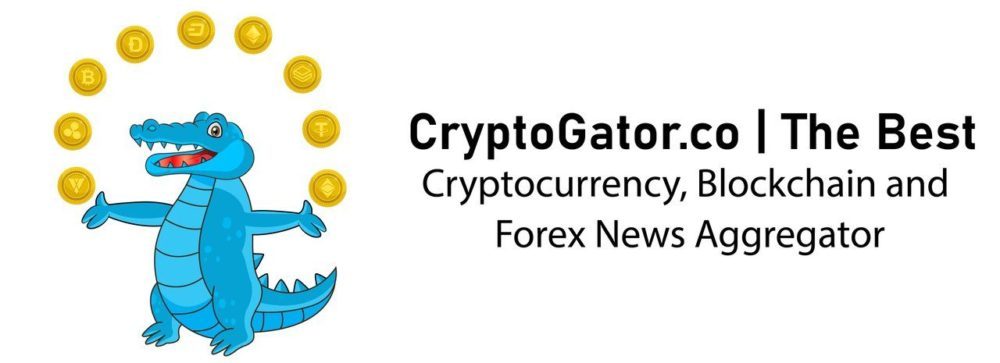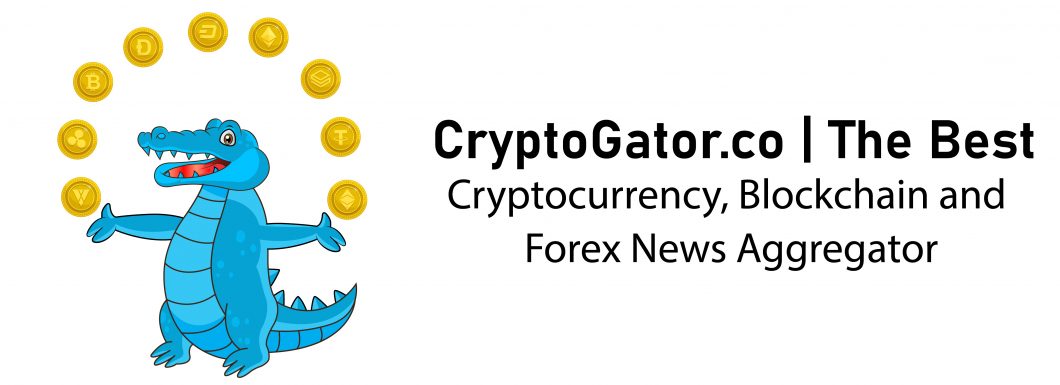The post Tales From The Crypto: The Haunting Legacy Problem Of Digital Assets appeared first on Coinpedia Fintech News
Cryptocurrency has introduced a financial revolution that is changing the way we store and manage our wealth. However, the crypto world is still in its infancy and has not yet fully addressed some of the key challenges that come with this new asset class.
One of the most significant problems is the issue of crypto inheritance and what happens to digital assets when an owner dies. Access can be lost, but it can be lost in life too, which poses another problem. This article will look at a promising new solution to each of these.
A grave problem
In December 2018, Gerald Cotten passed away from complications related to Crohn’s disease. Cotten was the founder and CEO of Canadian cryptocurrency exchange QuadrigaCX. It transpired that he was the only person with access to the exchange’s cold storage wallets, where the majority of its clients’ funds were kept.
With Cotten’s death, the funds stored in these wallets became inaccessible, leading to a legal battle between QuadrigaCX’s creditors and the company’s executives. Up to US$190 million in cryptocurrency owed to 115,000 customers was missing or could not be accessed.
The case received widespread media attention, highlighting not only the risks of centralising control over large sums of digital assets, but also the importance for every crypto holder of defining a plan for their crypto holdings in the event of their death.
Crypto legacy provision
Blockchain Testament is a project that solves the problem. Its CEO and co-founder, Vsevolod Sazonov, is an attorney-at-law with over twenty years of international experience. He has a structure to create a solution that combines the security and decentralization of the blockchain with a well-established legal framework.
The project allows users to appoint a decentralised executor to manage their crypto assets and ensure that they are passed on to beneficiaries according to their wishes. Unlike traditional executors such as banks or lawyers, Blockchain Testament operates entirely in a decentralised manner, which will assure purists who place a high value on crypto’s inherent privacy.
With Blockchain Testament, users connect their wallet to a decentralised autonomous organisation (DAO). The user then defines where its contents should be transferred in the event of their death, entering this information into the DAO which serves as executor. No wallet access information is shared with Blockchain Testament itself, maintaining its security. The user appoints trusted validators who can activate the DAO to execute the testament at the appropriate time. These persons are automatically notified by the DAO if the user fails to check in at each six-month interval.
At this point, the validators can attempt to contact the user. If they determine the user is deceased, it is their role to then vote in the DAO that this is the case. Though, if the user still alive, proceedings can be halted via activation of the “I am alive” button in the DAO. If this does not happen within a set period of some months following validation, the testament is then executed. Crypto from the user’s wallet is then transferred to the wallets of successors, as defined in the testament. (See diagram below.)
Blockchain Testament is a unique solution that combines the privacy and decentralization of crypto assets with the security and legal framework of the traditional financial world. It provides a solution for crypto enthusiasts who want to ensure that their assets are passed on to their loved ones according to their wishes, without sacrificing valued principles of decentralization and privacy.
The lost access solution
It is estimated that around 20% of all bitcoins, around 4 million, are permanently lost and cannot be recovered. At the time of writing, this equates to approximately $90 billion. And, of course, bitcoin is not the only cryptocurrency, which means that the value of lost digital wealth is even higher. Some of this is due to a lack of legacy provision, but much is also lost to owners losing their private keys. Recovery Crypto is a company providing a solution to lost wallet access.
This first-of-its-kind audited technology service ensures the recovery of funds when access is lost, without the need to ever share seed phrases. As with Blockchain Testament, the system likewise operates via ingenious algorithms and smart contracts in the form of a DAO.
Recovery Crypto also similarly enlists trusted validators in its solution. In the event that access is lost, say if keys or passwords are mislaid, validators can restore access to assets by voting in the DAO. The validators themselves never have access to funds or private information. However, other wallets controlled by the user can also be employed as validators.
The Recovery Crypto system is built in a way that means the user never needs to share any confidential information with the company itself. Seed phrases, passwords and personal data remain with the user. Any kind of decentralised wallet, hot or cold, can be connected to the system’s DAO.
Some crypto holders appreciated the wallets of crypto exchanges for taking responsibility of custodianship, a likely hangover from the traditional financial world. For others, though, the saying “not your keys, not your coins” comes into play. In the event of a security breach, or exchange collapse, like FTX exchange, funds can be lost. With Recovery Crypto, users have the best of both worlds: decentralised custodianship with a reliable in case of lost access.
The crypto world is still relatively young. The novel nature of digital assets and decentralised, independent control by users means that lost access and a lack of legacy provision will still catch out many crypto holders. It’s therefore encouraging to see that secure, easy-to-use and affordable solutions exist.
Disclaimer: This is a guest post. Coinpedia does not endorse or is responsible for any content, accuracy, quality, advertising, products, or other materials on this page. Readers should do their own research before taking any actions related to the company.



